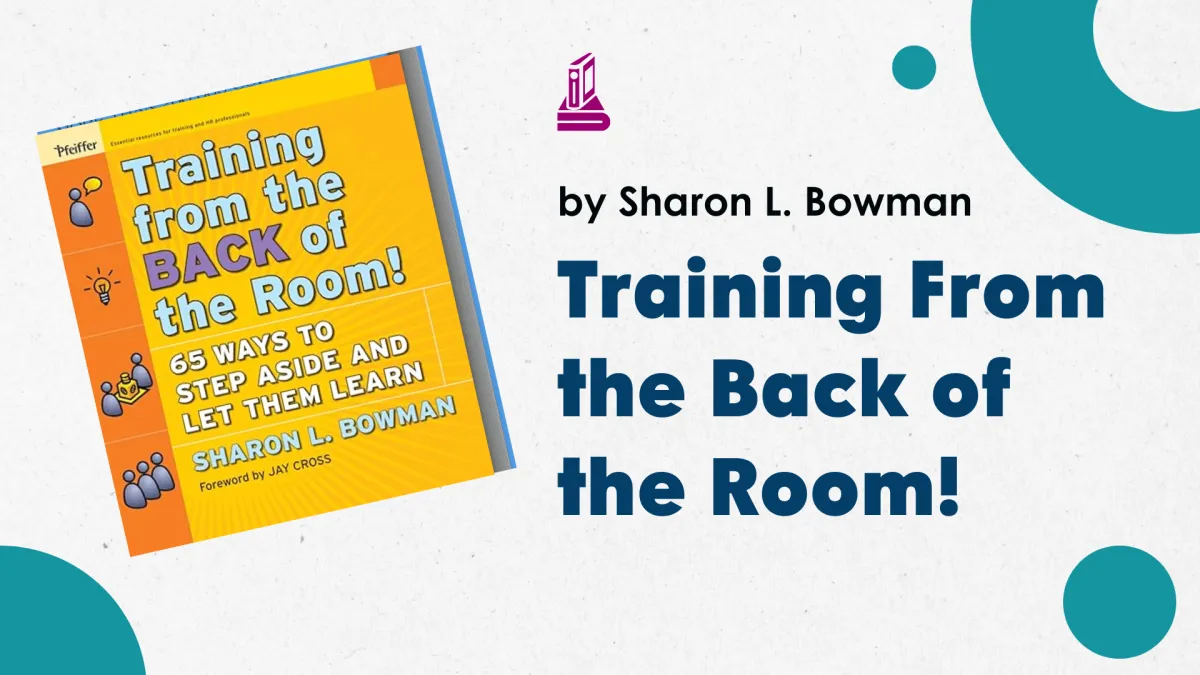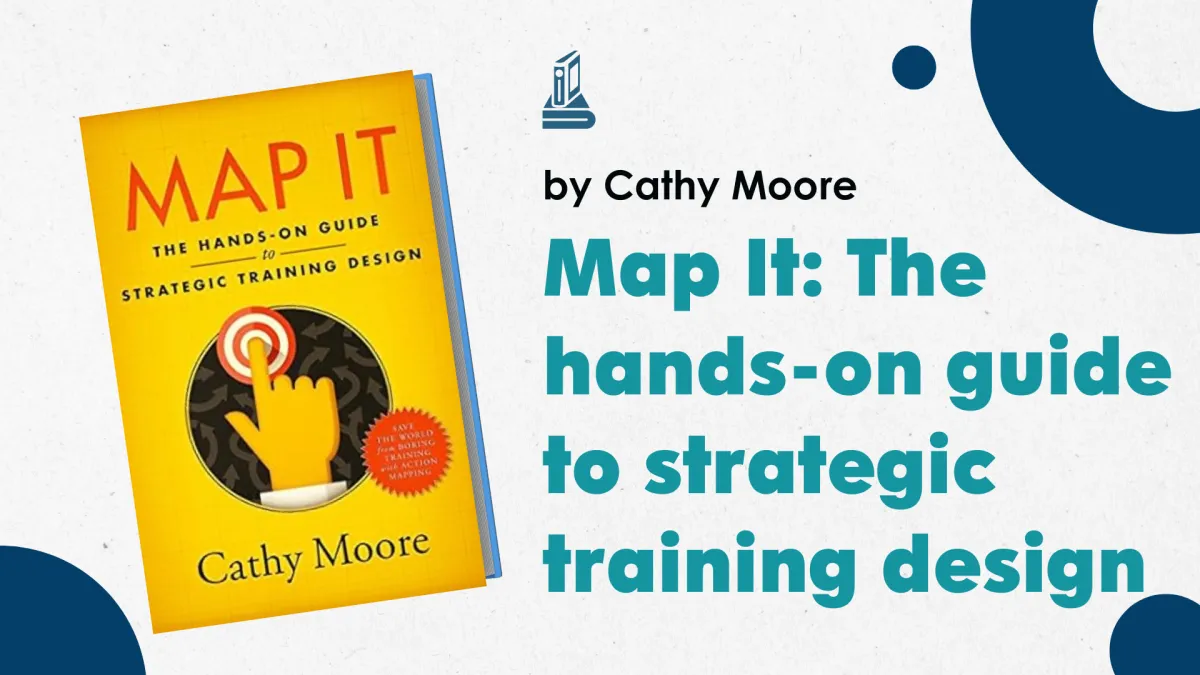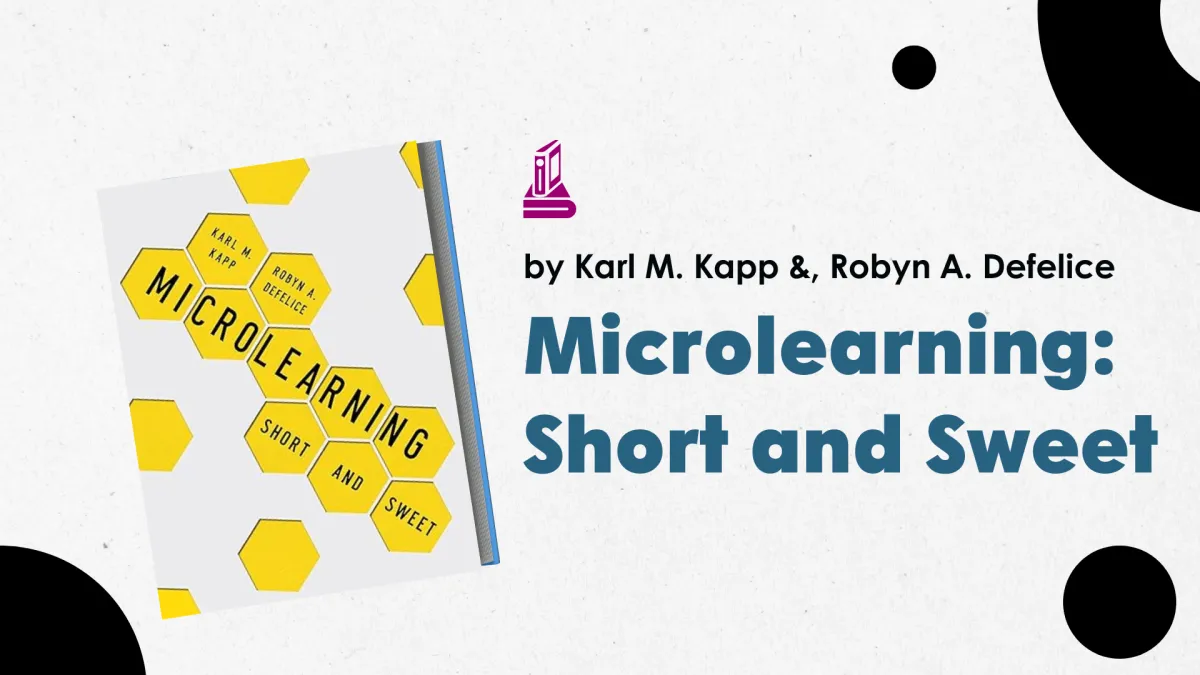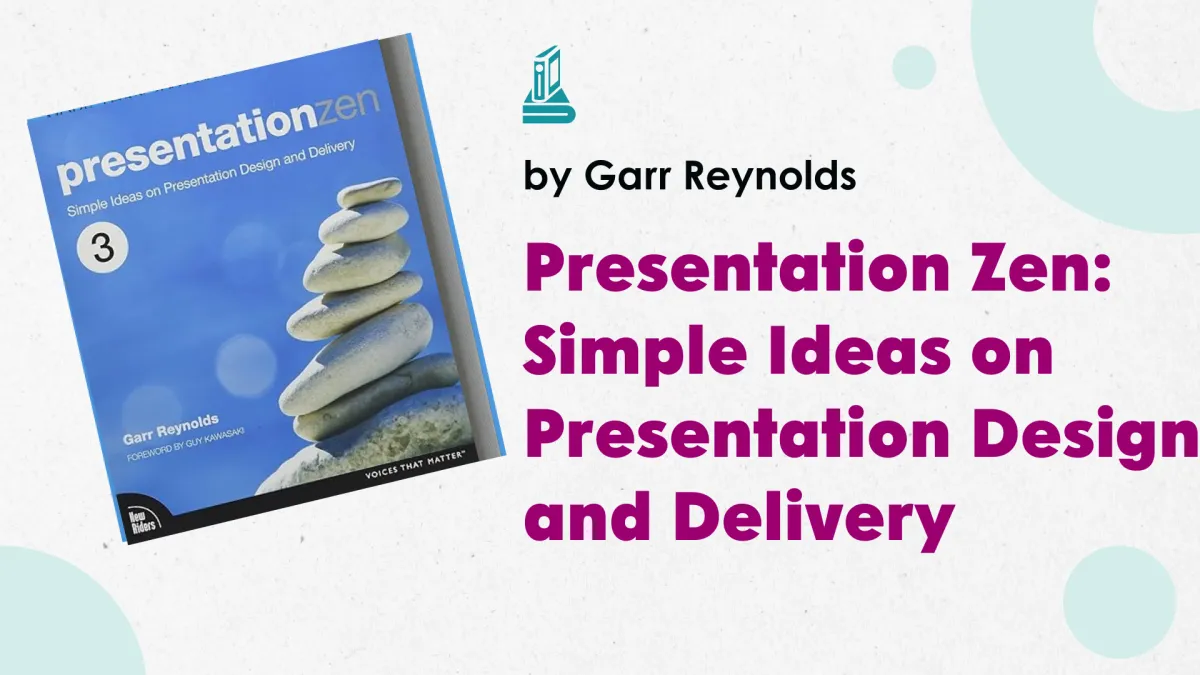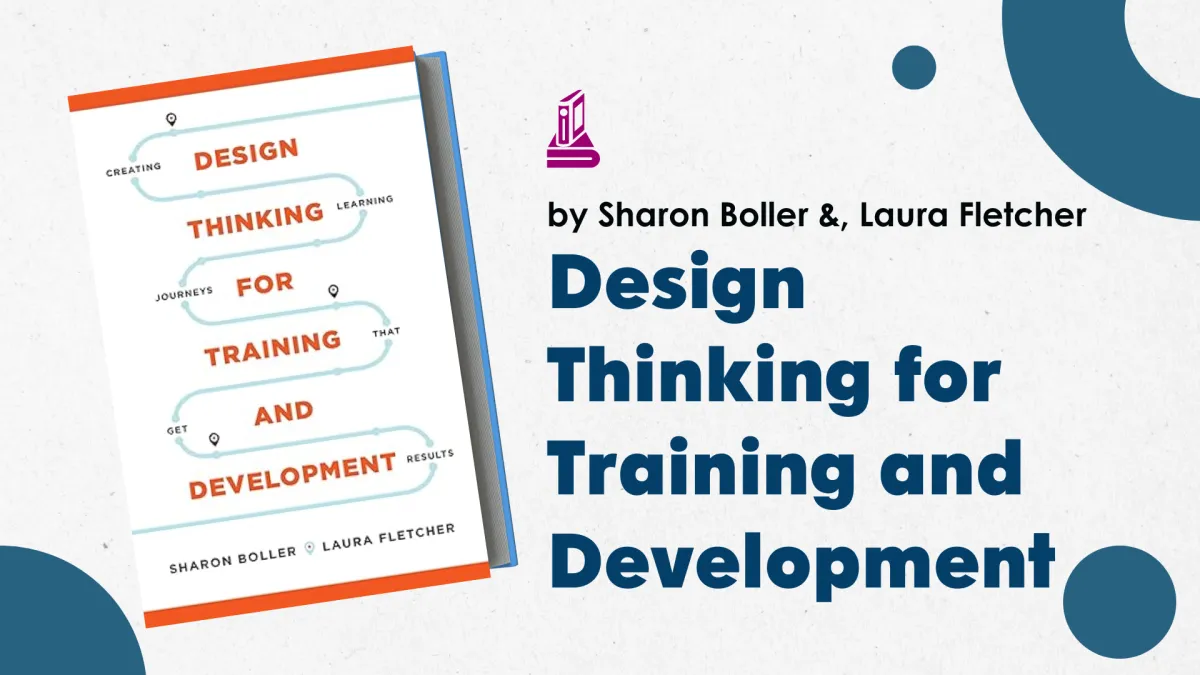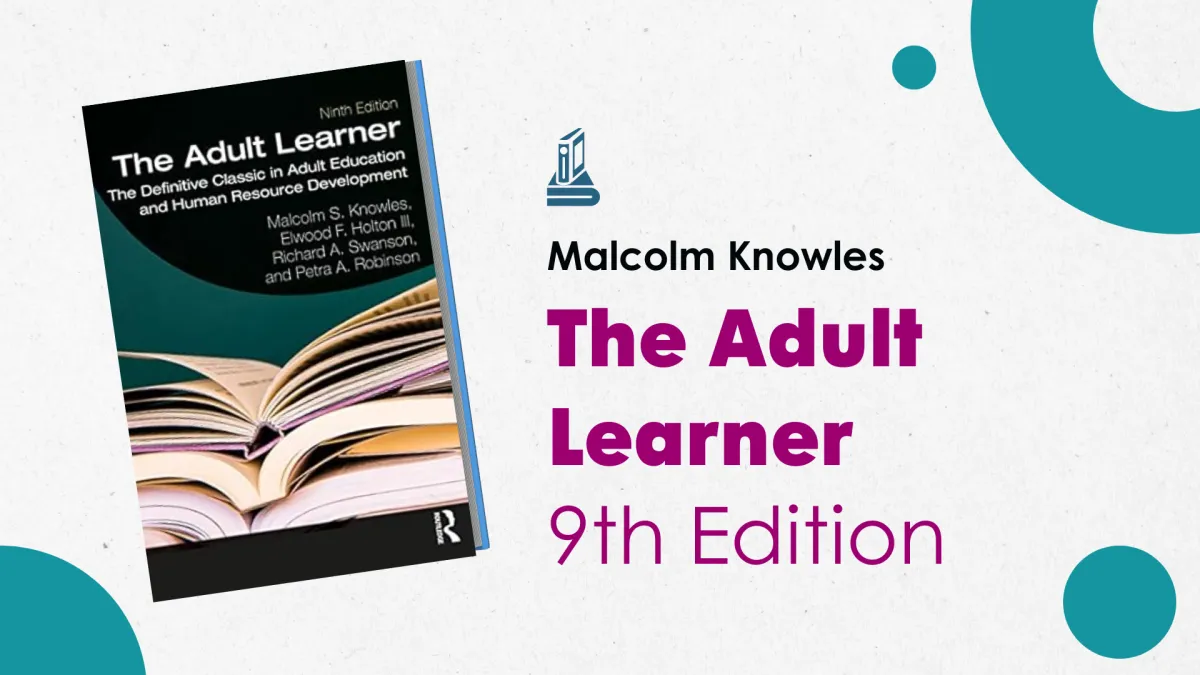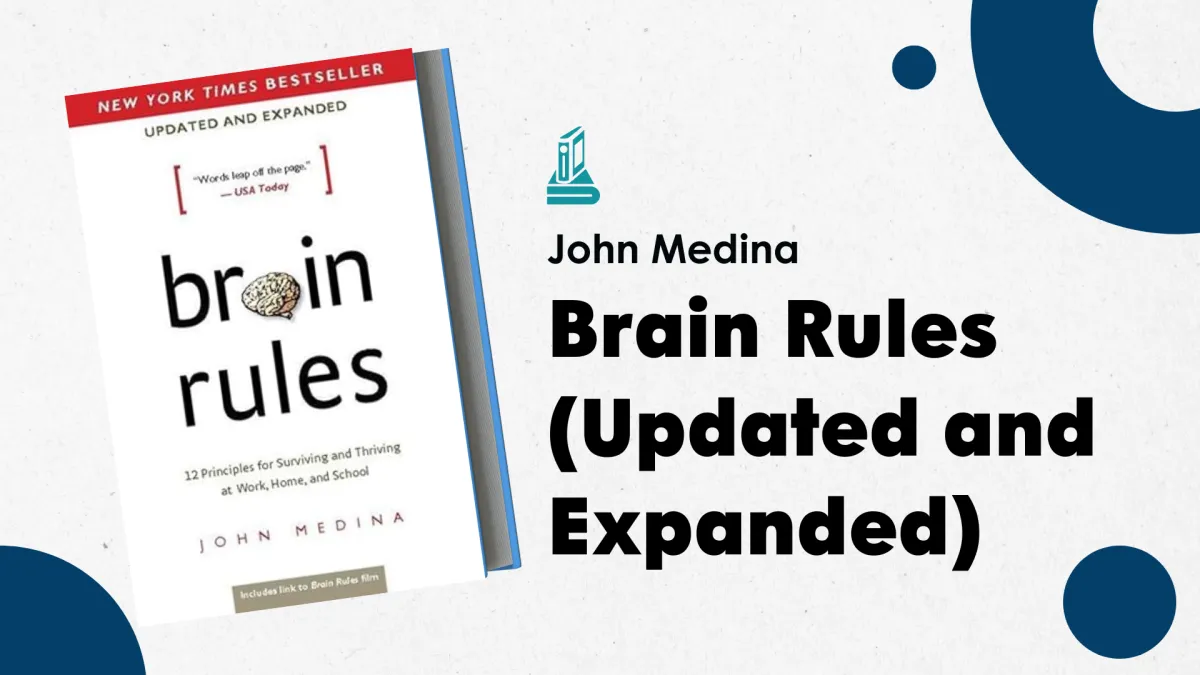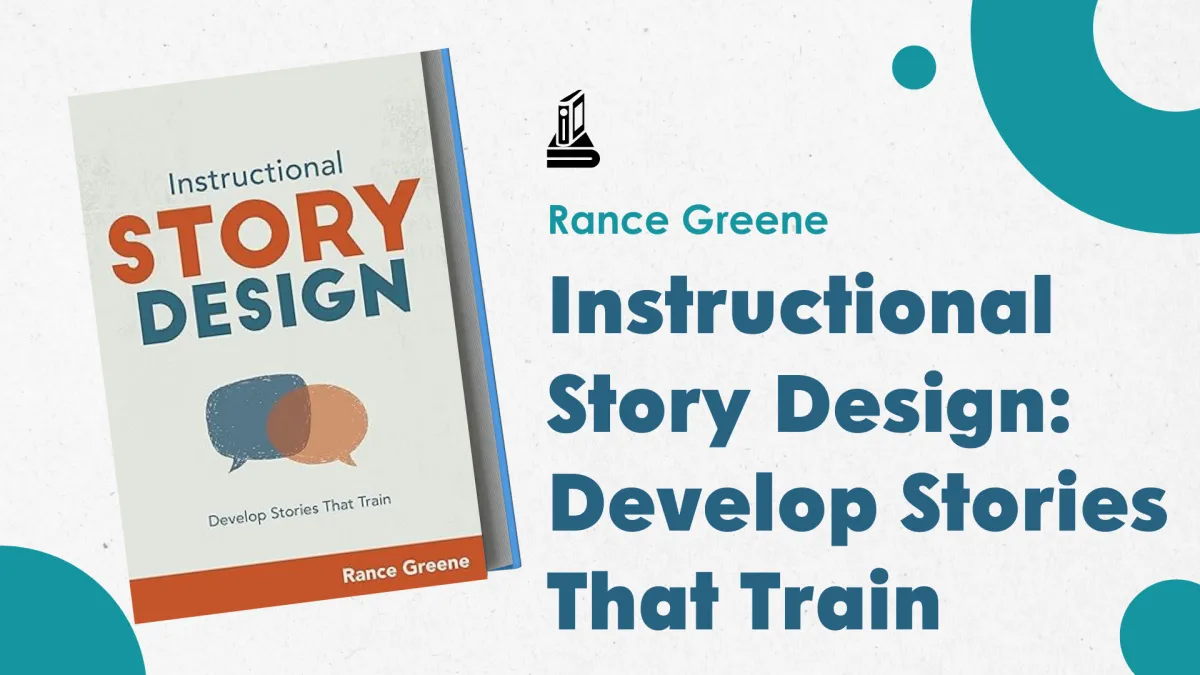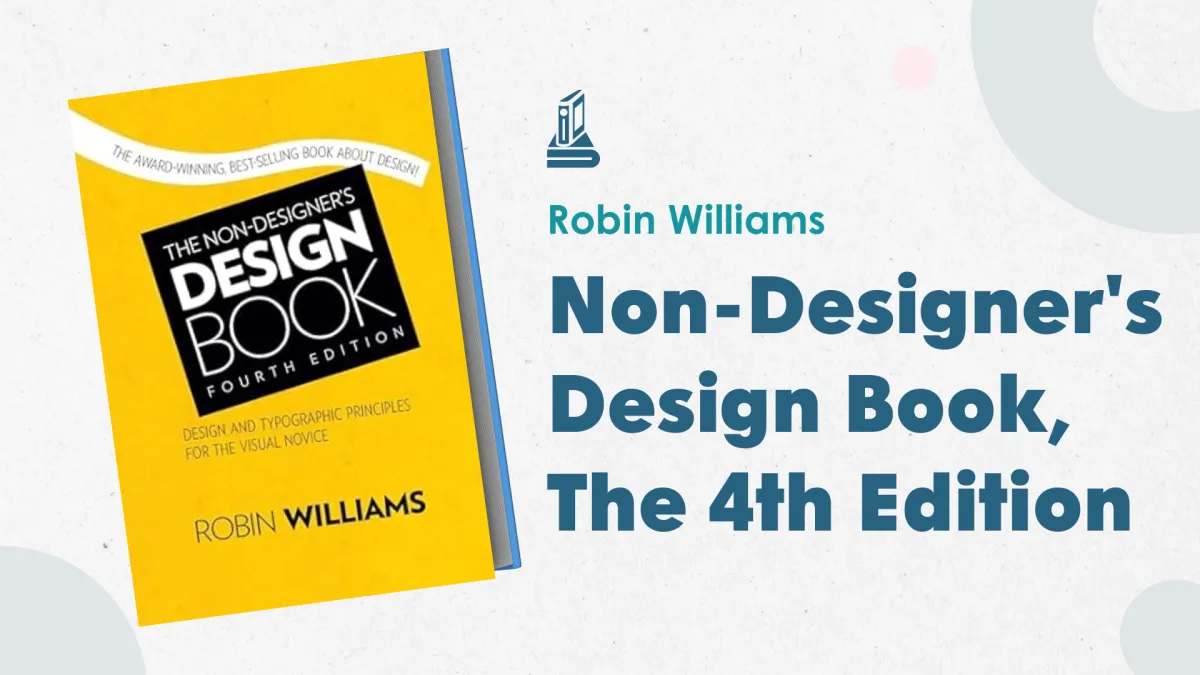Shawntay's
Top 10 Must-Reads
Discover a curated list of must-read books to help you excel in instructional design, handpicked to inspire, educate, and elevate your skills.
Reading Resources for Instructional Designers
This page contains affiliate links. If you purchase through these links, we may earn a small commission at no extra cost to you. Thank you for supporting our recommendations!
Shawntay’s all-time favorite book!
This book explains the brain science behind effective instructional design, with practical examples to enhance learning experiences. Its core principle is prioritizing the learner while having the trainer take a step back—valuable for both in-person and eLearning design
Recommended for Instructional Designers of all levels, especially those who come from a background outside education. Grab Your Copy here >
Map It: The hands-on guide to strategic training design
The Map It Guide offers an in-depth, step-by-step approach to action mapping, a proven method for designing impactful training solutions. This guide helps you go beyond surface-level fixes by identifying the root causes of performance issues and developing targeted interventions that address them.
Recommended for Instructional Designers looking to take their skills to the next level.
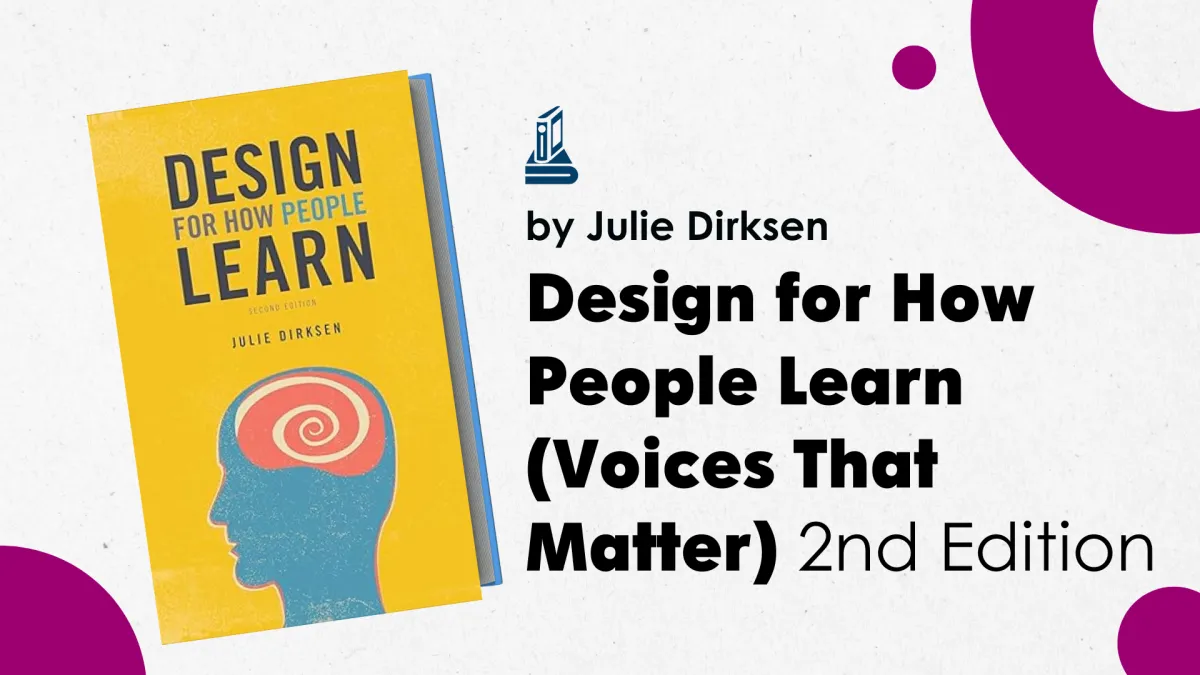
Design for How People Learn 2nd Edition
**IDC’s First Book Club Pick**
This book will equip you with the knowledge to create learning experiences that engage your audience and increase their retention of the concepts they learned. Design For How People Learn, Second Edition will teach you how to leverage the fundamental concepts of instructional design to improve your own learning and to engage your audience.
Recommended for New and aspiring Instructional Designers Order Now >
Microlearning: Short and Sweet
Everything you need to know about best practices for effective micro-learning! Micro-learning is gaining popularity as a go-to training method, and for good reason. You can put what you learn about micro-learning into practice in The Instructional Design and Tech Accelerator Certificate Program, where we walk you through the steps in detail and help you create a micro-learning course in multiple formats for your portfolio.
Recommended for Instructional Designers of all levels Buy the Book here >
Presentation Zen: Simple Ideas on Presentation Design and Delivery
In this book, you will learn how to design slides aesthetically and meaningfully. If you are a death by bullet point kind of designer, this book can definitely help you break that bad habit. Garr offers techniques for cutting through the noise and distractions of modern life.
Recommended for Anyone who want to improve their visual design skills.
Get Presentation Zen here >
Design Thinking for Training and Development: Creating Learning Journeys That Get Results
An in depth discussion of the LXD frameworks and corporate and freelance instructional design work. As a bonus, the appendix has templates and other resources that you can repurpose and use in your instructional design job!
Recommended for Instructional Designers looking to take their skills to the next level
Order it here >
The Adult Learner 9th Edition
How do you tailor education to the learning needs of adults? Do they learn differently from children? How does their life experience inform their learning processes? These were the questions at the heart of Malcolm Knowles’ pioneering theory of andragogy which transformed education theory in the 1970s. The resulting principles of a self-directed, experiential, problem-centered approach to learning have been hugely influential and are still the basis of the learning practices we use today.
New and aspiring Instructional Designers Buy the Book here >
Brain Rules (Updated and Expanded): 12 Principles for Surviving and Thriving at Work, Home, and School
In this book, you will learn how to design slides aesthetically and meaningfully. If you are a death by bullet point kind of designer, this book can definitely help you break that bad habit. Garr offers techniques for cutting through the noise and distractions of modern life.
Recommended for Anyone who want to improve their visual design skills.
Get Presentation Zen here >
Instructional Story Design: Develop Stories That Train
Want to learn more about impactful storytelling in your course design? This read provides a guide to writing effective stories to use in your training.
Master story designer Rance Greene shares his powerful yet familiar process to discover, design, and deliver instructional stories. He presents essential elements that must be present to tell a story for training: relatable characters and strong conflict. Creating a desire for resolution and grab learners’ attention.
Instructional Designers looking to take their skills to the next level Buy the Book here >
Non-Designer's Design Book, The 4th Edition
A great graphic guide to visual design, starting from the basics! You can use these principals when you design slides, participant and facilitator’s guides, and other course assets.
Whether you’re a Mac user or a Windows user, a type novice, or an aspiring graphic designer, you will find the instruction and inspiration to approach any design project with confidence.
Anyone who wants to improve their visual design skills Grab your copy here >


